- Some initial thoughts on Chiapas, Mexico
- Cañón del Sumidero, Chiapa de Corzo, and San Cristóbal de las Casas, Chiapas, Mexico
- Zinacantán and Chamula, Chiapas, Mexico
- Walking around San Cristóbal de las Casas, Chiapas, Mexico
- The road to Palenque, Chiapas, Mexico
- Bonampak and Yaxchilan, Chiapas, Mexico
- Villahermosa, Tabasco, Mexico
This was our longest day of touring around (about 12 hours), but well worth it. We went to see two other archeological sites – Bonampak and Yaxchilan. Individually, they are interesting and have some unique features. But seeing them together is truly wonderful as these two villages formed an alliance – formalized through marriage that is depicted in carvings in both of the cities. Bonampak is located in another current Mayan community – the Lacandons. They are probably the most isolated and conservative of any of the Mayan communities. They escaped the Spanish conquest and lived isolated in the jungle until they decided to make contact with the outside world in the mid-20th century. They look very different than the rest of the Mayan communities – they tend to be stocky (not fat), have large noses, and large foreheads. In fact, if you look at a lot of the ancient Mayan carvings, they look the closest to the earlier Mayans. The Lacondons typically dress all in white and have both a very different language and their own religious practices. They are probably the best environmentalists in Mexico. In many respects, their nomadic lifestyle required them to be. Sadly, recent frequent interaction with the outside world is eroding their traditional culture. That said, the real draw for Bonampak is the murals that were preserved in some of the Temple of the Murals. They really depict everyday life very well and give a lot of clues to their culture. Also, lots of pictures of ritual bloodletting. A guess a few words on that are in order. While it was common to ritualistically sacrifice an enemy (generally the leader of the losing side), the leaders (and their wives) were also expected to “put a little blood in the game.” This was done by pricking fingers (or penises [ouch]) or piercing tongues to get enough blood to wet small strips of paper. These were then burned as a sacrifice. It appears they had to do this every few weeks. Coincidentally, royal palaces started getting higher (and farther away) from the rest of the city – making it very hard to see if they were really sticking themselves. A method in their madness? Wouldn’t you if you were in the same situation?? From Bonampak, we traveled to Yaxchilan. While only around 15 miles as the crow flies, it takes more than an hour to get there by road. It is located on the Usumacinta River – which happens to be the border with Guatemala. We had to take a boat ride for about 45 minutes to get to the village. It was one of the most powerful Mayan states in its heyday and, as mentioned before, formed an alliance with Bonampak (which was somewhat subservient) to Yaxchilan. This was a really large city and, while not in as good shape as Bonampak, is still sufficiently integral to understand how life played out there. One very interesting aspect was that all people trying to enter the city had to pass through a set of switchbacks through one of the boundary walls. By definition, this slowed traffic to a crawl, avoiding any mass attacks against the city. After we visited, I asked our guide whether there were any poisonous snakes in the area and he emphatically replied yes. When the guide asked one of the local people who manage the facility where the snakes stay, he noted that they stay in the walls of that switchback tunnel – the ones we were running our hands along as we were making our way through! Wow! The man said that they only come out at night though… On the trip back to Palenque, we saw another aspect of that part of the country – the massive trail of illegal immigrants coming from Guatemala and Honduras who are trying to make it through the 1250-mile corridor to the US. We saw groups of people along the road, ranging from 4-5, all the way up to 20+. They were mostly young men, but there were also many young families. Most don’t make it – they run out of money (there are many bribes that are paid along the way), they are caught (although the level of enforcement seems very mixed), or they are exploited (whether by gangs or coyotes as they get closer to the US). It was sort of hard to watch this and caused us to wonder how bad their situation must be at home to attempt this type of journey.
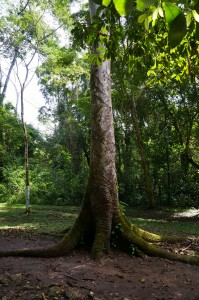
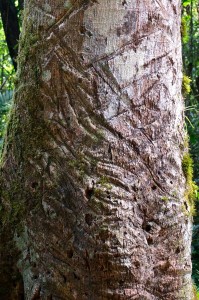
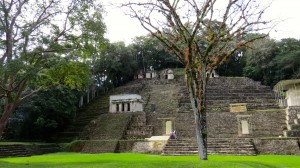
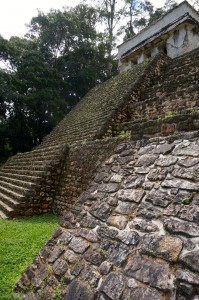
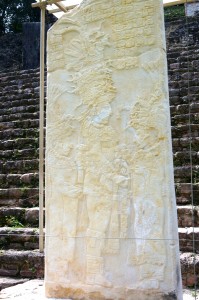
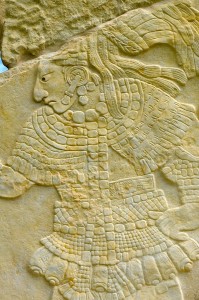
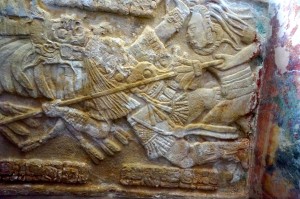
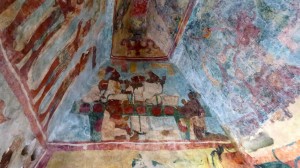
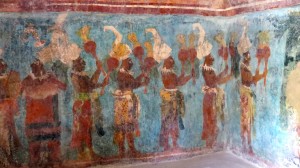
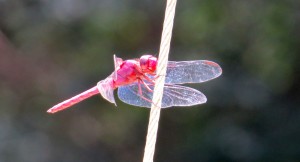
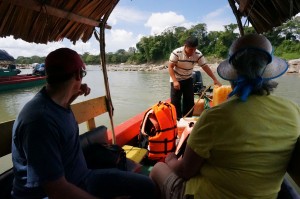
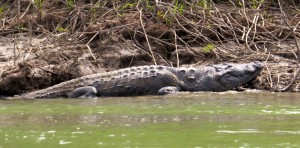
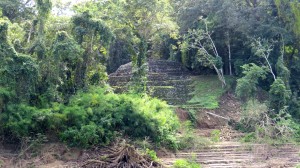
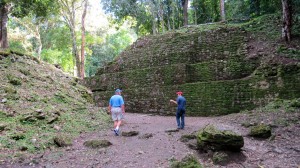
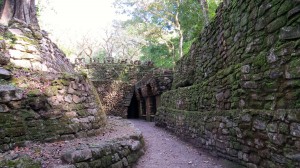
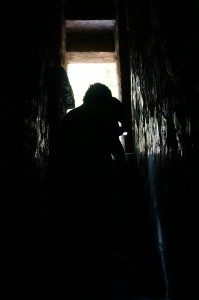
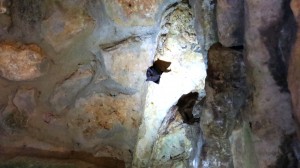
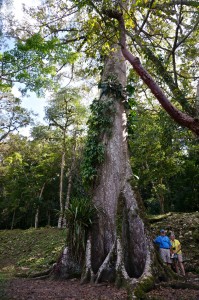
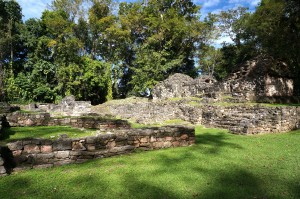
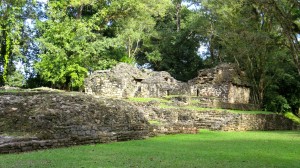
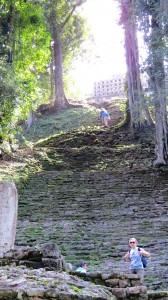
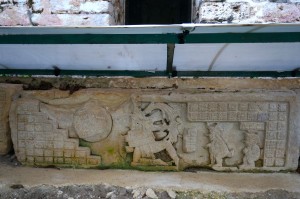
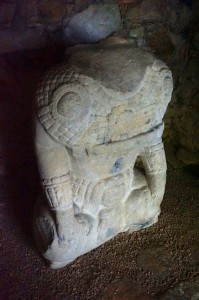
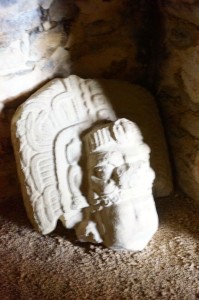
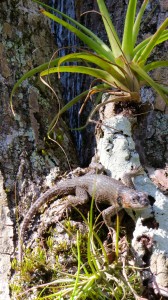
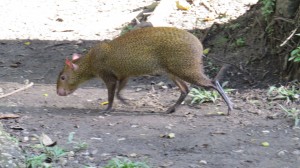
This entry was posted in Chiapas, Mexico, Travel


